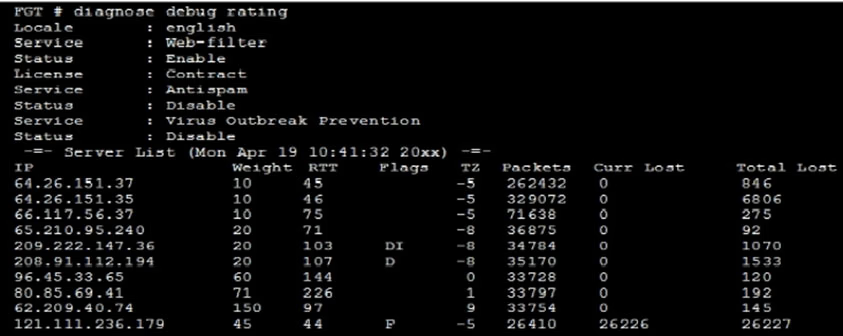Fortinet NSE 7 - Enterprise Firewall 6.2
Here you have the best Fortinet NSE7_EFW-6.2 practice exam questions
- You have 49 total questions to study from
- Each page has 5 questions, making a total of 10 pages
- You can navigate through the pages using the buttons at the bottom
- This questions were last updated on June 24, 2025
- This site is not affiliated with or endorsed by Fortinet.



